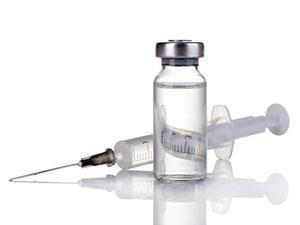Inoculation slated to be a blockbuster
GlaxoSmithKline has gained US and Canadian regulatory approval for its shingles vaccine, Shingrix.
Shingles is a result of the varicella zoster virus reactivating and sufferers experience a painful blistering rash and flu-like symptoms. Most people in the UK contract varicella zoster in childhood, which manifests as chickenpox. In the US and Canada, most infants are vaccinated against chickenpox. After receiving the chickenpox vaccine, or a bout of chickenpox, varicella zoster lurks inside sensory nerves. However, the virus resurfaces in roughly a third of US adults, typically as the immune system weakens with age.
Shingrix is based on a single varicella zoster protein and is administered intramuscularly in two doses, six months apart. A Phase III clinical trial on 38,000 adults across the globe showed Shingrix to be over 90% effective.
As well as winning US Food and Drug Administration (FDA) approval, the US Centers for Disease Control and Prevention (CDC) recommended Shingrix for healthy adults aged 50 years and older, including those who had already received Merck’s vaccine Zostavax, the only other shingles vaccine, which has been available since 2006. These recommendations could see up to 62 million more adults in the US immunised with Shingrix.
The CDC voted to endorse that doctors choose Shingrix for their patients instead of Zostavax, which offers noticeably less protection over time. In 2016, Zostavax sales earned Merck $685 million (£516 million); Thomson Reuters forecasts annual sales of Shingrix to reach $1 billion by 2023.












No comments yet